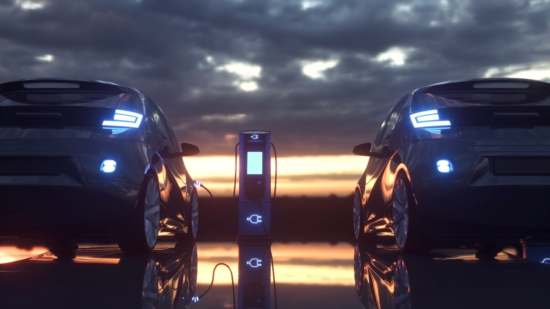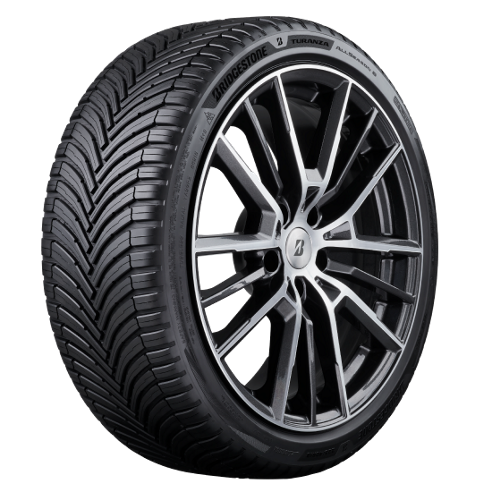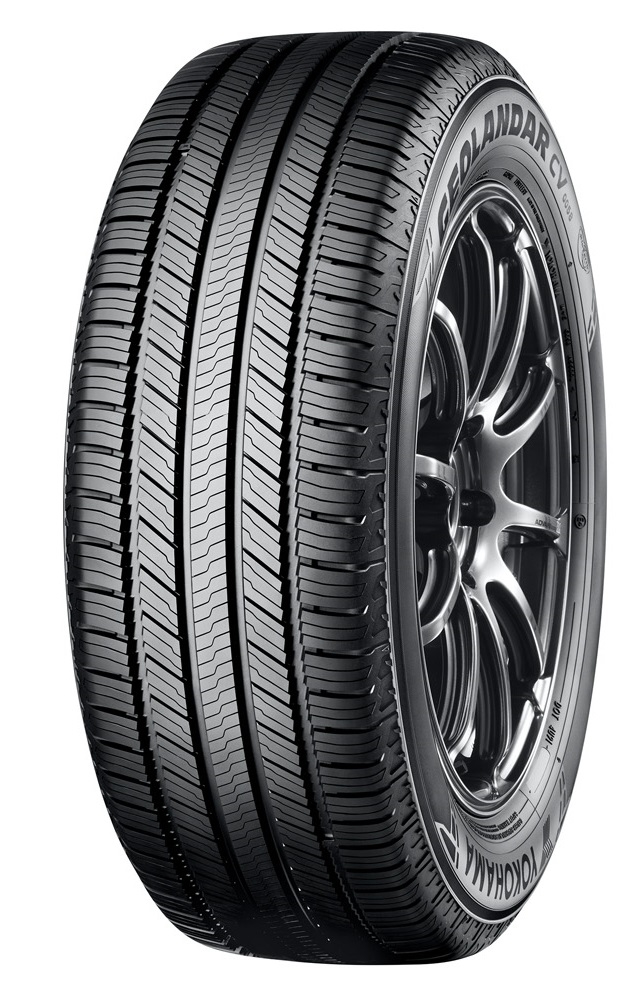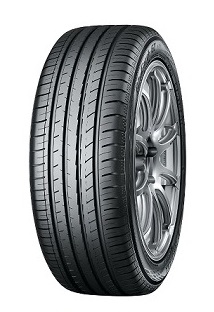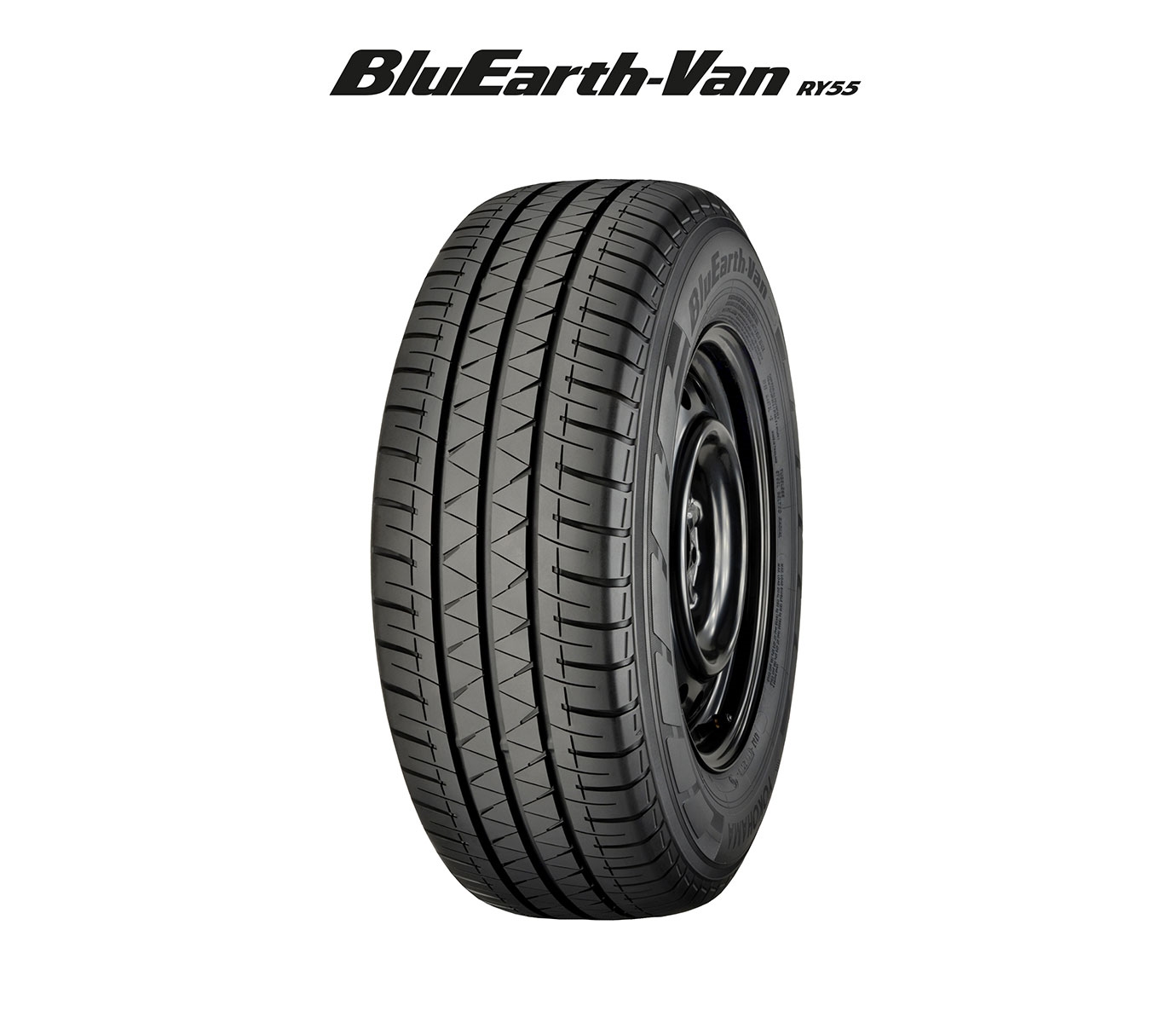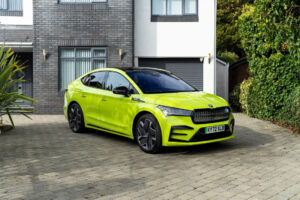
Škoda’s new Enyac demonstrates the rapid proliferation of new EVs from manufacturers at all levels of the market (Photo: Škoda Auto)
The replacement market for electric car tyres has begun to swell as tyre manufacturers bring new products to the market. These tyres fit broadly into two major categories: models that fit into existing tyre ranges that contain technologies applicable to the demands of electric vehicles (EVs), or brand-new products designed exclusively for EVs. The difference between these two categories could be described as compatible or specialist products for fitment on EVs; however, this sort of distinction runs the danger of undermining the quality of products that have been designed to suit both EVs and internal combustion engine (ICE) powered cars.
While there are doubts, mainly to do with rising costs and charging infrastructure, 2023 research conducted on behalf of Bridgestone shows that nearly half of UK motorists intend to switch to EVs in the next five years. The Research Without Barriers (RWB) survey of 2,000 UK car owners in February 2023 showed that 40 per cent said they would buy an EV by 2028, up 11 per cent from a similar result in a 2022 survey conducted by YouGov for Bridgestone (29 per cent). 67 per cent raised fears about the availability of charging stations, a rise of 1 per cent versus 2022, while half of all respondents continue to have range anxiety, an increase of 21 per cent over the 2022 survey. The market for replacement EV tyres will grow quickly as the deadline for the end of new ICE vehicle sales approaches.
Should I buy specialist EV tyres for your electric car?
Some evidence shows UK drivers are not very aware of the existence of specialist electric car tyres. Apollo Tyres, which also owns the Vredestein tyre brand, asked 1,000 UK motorists about EV tyres in 2022, and only 18% were aware that it is possible to buy them. However, when they were made aware of their existence, 54% said they would prefer to fit a tyre specifically developed for EV fitment.
Not-for-profit road safety organisation TyreSafe advises that motorists should be more aware of the requirements an EV has for its tyres versus a standard ICE car. It said drivers of EVs should “pay close attention to the tyres they choose when the originals need replacing” because “increasingly, the tyres fitted are specifically designed for use on EVs and can be significantly different to the ‘normal’ tyres…”. Specifically, TyreSafe is warning EV owners that fitting the wrong type of tyre could result in “loss of range, extra noise, accelerated wear and the risk of failing while being driven, which could result in a serious incident.”
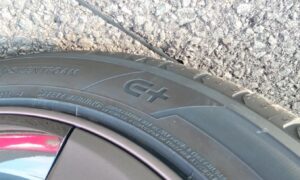
Tyre manufacturers are increasingly adding tyre markings to indicate a particular edition of their tyres suitable for EVs – expect to see more of these products recommended in future editions of the Buyers’ Guide (Photo: Chris Anthony/WhatTyre)
Having said this, the largest tyre manufacturers in the world are approaching tyres for electric cars with different strategies. Michelin and Hankook have been quick to bring specialist tyre lines into the market, offering the e.Primacy and iON lines; Bridgestone and Continental are rather using technologies in their most recently launched car tyres that make them suitable for fitment on EVs. Bridgestone is now using the indicator “EV Ready” on tyres that contain these technologies, starting with its Turanza 6, while Continental recently said that its entire current generation of car tyres is suitable for electric cars – both manufacturers (among others) back these assertions by supplying their “compatible” tyres as the factory fitment on various electric cars.
While there are certain features of electric cars that mean they have different requirements of the tyres, primarily to do with the increased weight of battery-powered vehicles and the forces they exert on the rubber, the best tyres ultimately have similar performance goals to those designed primarily for ICE cars. Tyres for electric cars are designed to address some key characteristics of plug-in vehicles, as well as the needs of their drivers. EVs typically weigh more, generate higher torque from standstill and deliver greater straight-line acceleration. This means they place higher load on the tyre, and the tyre needs to be hard-wearing. Since EVs create little noise from their zero-emissions powertrain, tyres become a more important source of noise. EV owners value driving range between charges, meaning the tyres need to support efficient motoring via lower rolling resistance. All this said, tyre manufacturers have always targeted greater longevity, lower noise, and more fuel-efficiency alongside safety features in their consumer tyre ranges.
Some tyre manufacturers use suffixes like EV or HL (standing for High Load) added to their conventional product names, which indicate that the tyre is suited to EVs.
Whatever tyres drivers choose to fit to their EV, being aware of the performance qualities of tyres has never been more important. Fitting an ill-suited tyre can severely reduce the life of the product and reduce the effectiveness of an EV.
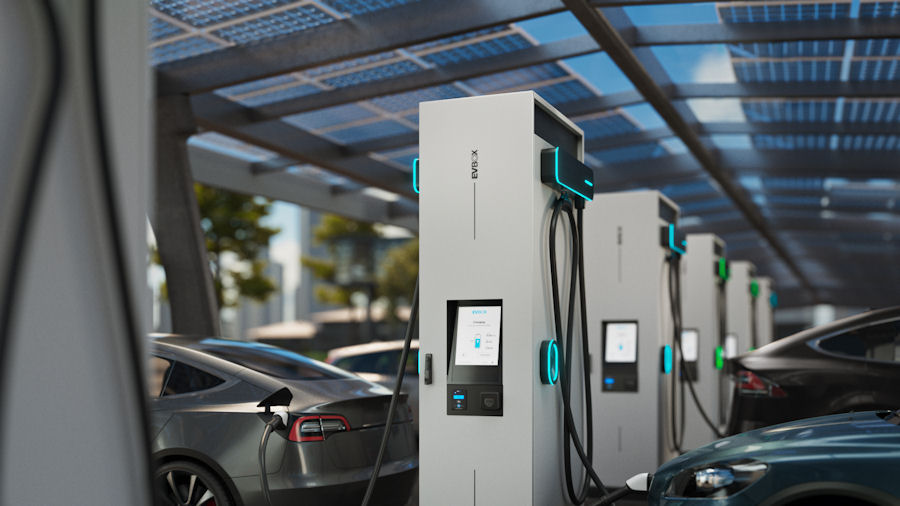
(Photo: Bridgestone)
How to select a good EV tyre
Main dealers of electric cars often recommend strongly that drivers return to fit the original tyre again when replacements are required. The advantage of this approach is that you get a tyre that has been tested thoroughly for your car and has been approved according to the manufacturer’s standards. However, there are several negatives to balance this advantage. Buying tyres this way can often be very costly. Also, EV tyre technology is developing very rapidly, with new products coming into the market quickly. By researching EV tyres yourself, there are significant cost savings available, you can access the latest advances, and you can make a more informed choice, whether you choose to fit the same tyre again or not.
Choosing the 2023 recommended tyres
We identified our Electric Car Tyre of the Year 2023 by looking at typical tyre sizes on top-selling electric cars, with only tyres rated for high loads qualifying. We demanded high fuel efficiency, but also very high wet grip, and low noise. We also looked at our Tyrescore algorithm, as well as examining the most recent tyre test data.
As in 2022, WhatTyre also has an Eco Tyre of the Year Award. As a result, the Electric Car Tyre of the Year in this and future years will focus on tyres designed and developed primarily for electric cars. In the current market, there are plenty of tyres that have EV-applicable technologies, and many of them are worth considering – we suggest EV owners should also look at the Eco Tyre of the Year category, as many of those tyres are compatible with their car. In judging tyres for this award, WhatTyre made the decision to reward products that are able to demonstrate EV specialisation.
Finally, we needed the tyre to be available in the UK market in a broad range of sizes during the first quarter of 2023. This is a dynamic market, and we can expect plenty of new tyres to become available quickly as the EV car tyre market develops. This category will inevitably expand in future editions of our annual Buyers’ Guide. For more recommended fitments for your electric car, turn to the Eco Tyre of the Year category.
WhatTyre Electric Car Tyre of the Year 2023
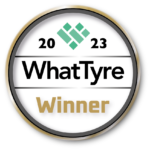 The Michelin e.Primacy retains its crown as WhatTyre’s Electric Car Tyre of the Year. The tyre met all of our criteria in at least some of its size variations and is the most widely available current-generation specialist EV tyre in the UK. After we identified the Michelin e.Primacy as one to watch in 2021, it quickly became something of a forerunner in the EV tyre market. Michelin has a history of innovation in tyres for electric vehicles, with the Energy Saver range, which was by the e.Primacy, and the electric car specialist Energy E-V. It was the first tyre to be released with an Environmental Product Declaration. The tyre achieves top marks for energy efficiency throughout its range, as well as delivering very good safety characteristics. In the 2023 Auto Motor und Sport (AMS) test, the tyre demonstrated its excellence in EV specific criteria, like noise and energy consumption, but its safety characteristics – a real fundamental of tyre design – were also top-notch, especially in the wet braking test, where it bettered high performance ICE products.
The Michelin e.Primacy retains its crown as WhatTyre’s Electric Car Tyre of the Year. The tyre met all of our criteria in at least some of its size variations and is the most widely available current-generation specialist EV tyre in the UK. After we identified the Michelin e.Primacy as one to watch in 2021, it quickly became something of a forerunner in the EV tyre market. Michelin has a history of innovation in tyres for electric vehicles, with the Energy Saver range, which was by the e.Primacy, and the electric car specialist Energy E-V. It was the first tyre to be released with an Environmental Product Declaration. The tyre achieves top marks for energy efficiency throughout its range, as well as delivering very good safety characteristics. In the 2023 Auto Motor und Sport (AMS) test, the tyre demonstrated its excellence in EV specific criteria, like noise and energy consumption, but its safety characteristics – a real fundamental of tyre design – were also top-notch, especially in the wet braking test, where it bettered high performance ICE products.
Two Highly Recommended tyres
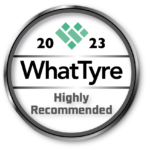 The Falken e.Ziex from Japanese tyre-maker Sumitomo announced its arrival onto the European tyre market with a very creditable performance alongside the e.Primacy on the AMS test, showing how EV-specific tyres are not simply developed for low rolling resistance and low noise by performing well in the safety-oriented braking tests too. The e.Ziex uses a rubber compound that SRI developed using its proprietary Advanced 4D Nano Design material development technology. The tyre maker says this results in “simultaneous improvements” in energy efficiency and grip strength. In addition, SRI also optimised the tyre profile by reducing tread width in the shoulder section, giving e.Ziex a more uniform contact pressure and thus greater load resistance. The e.Ziex incorporates the proprietary Silent Core noise absorbing technology to provide a quieter all-around ride.
The Falken e.Ziex from Japanese tyre-maker Sumitomo announced its arrival onto the European tyre market with a very creditable performance alongside the e.Primacy on the AMS test, showing how EV-specific tyres are not simply developed for low rolling resistance and low noise by performing well in the safety-oriented braking tests too. The e.Ziex uses a rubber compound that SRI developed using its proprietary Advanced 4D Nano Design material development technology. The tyre maker says this results in “simultaneous improvements” in energy efficiency and grip strength. In addition, SRI also optimised the tyre profile by reducing tread width in the shoulder section, giving e.Ziex a more uniform contact pressure and thus greater load resistance. The e.Ziex incorporates the proprietary Silent Core noise absorbing technology to provide a quieter all-around ride.
The Hankook iON series of EV tyres rounds out our list of EV specific recommendations this year, starting with the iON Evo summer EV tyre. Like the e.Ziex, the iON Evo has only just begun to become available in the UK, and is sure to see extra sizes added quickly over the next year or so. Early indicators of the tyre’s qualities for EV fitment have been shown by AutoBild’s initial look at the tyre versus two generations of the Michelin Pilot Sport UHP range, which has been used as original equipment by EV manufacturer Tesla. It said that fitting the tyre could lead to a boost in range of up to 30km per charge, thanks to its very high energy efficiency, while the tyre’s safety characteristics also proved up to the challenge.

